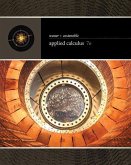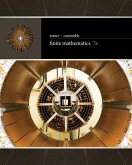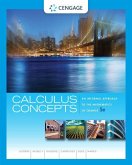FINITE MATHEMATICS AND APPLIED CALCULUS, Seventh Edition, uses a large number of applications based on real data from business, economics, and the life and social sciences to help you see how mathematics relates to your own life and interests. Thorough spreadsheet and TI Graphing Calculator instructions appears throughout the text, and optional WebAssign platform include detailed teaching videos by an award-winning instructor. With these tools, plus the authors' website with online "game mode" tutorials and videos on every topic, this text will help you "get" mathematics, whatever your learning style may be.






![Brief Calculus: An Applied Approach, Enhanced Edition (with Webassign Printed Access Card, Single-Term) [With Access Code] Brief Calculus: An Applied Approach, Enhanced Edition (with Webassign Printed Access Card, Single-Term) [With Access Code]](https://bilder.buecher.de/produkte/26/26043/26043949m.jpg)

